If you’re adding more geese to your farm or homestead, make sure you replace only hens, as the gander can live alone.
Don’t group goslings with adult birds in the flock. First, you need to allow the boys to grow some nice feathers so that there will be less chance of injury.
But you need to get some birds from domestic goose breeds if you don’t already have any!
1. Embden Goose
These are white, large, tall, and obnoxious geese.
Embden geese also boast bright eyes and a yellow to orange beak. They are excellent weeder and commercial geese for meat.
The birds have an oval-shaped head, with a long neck curving into a round and bulky body. The ganders can grow between 24 and 31 pounds, and females weigh 20 to 24 pounds.
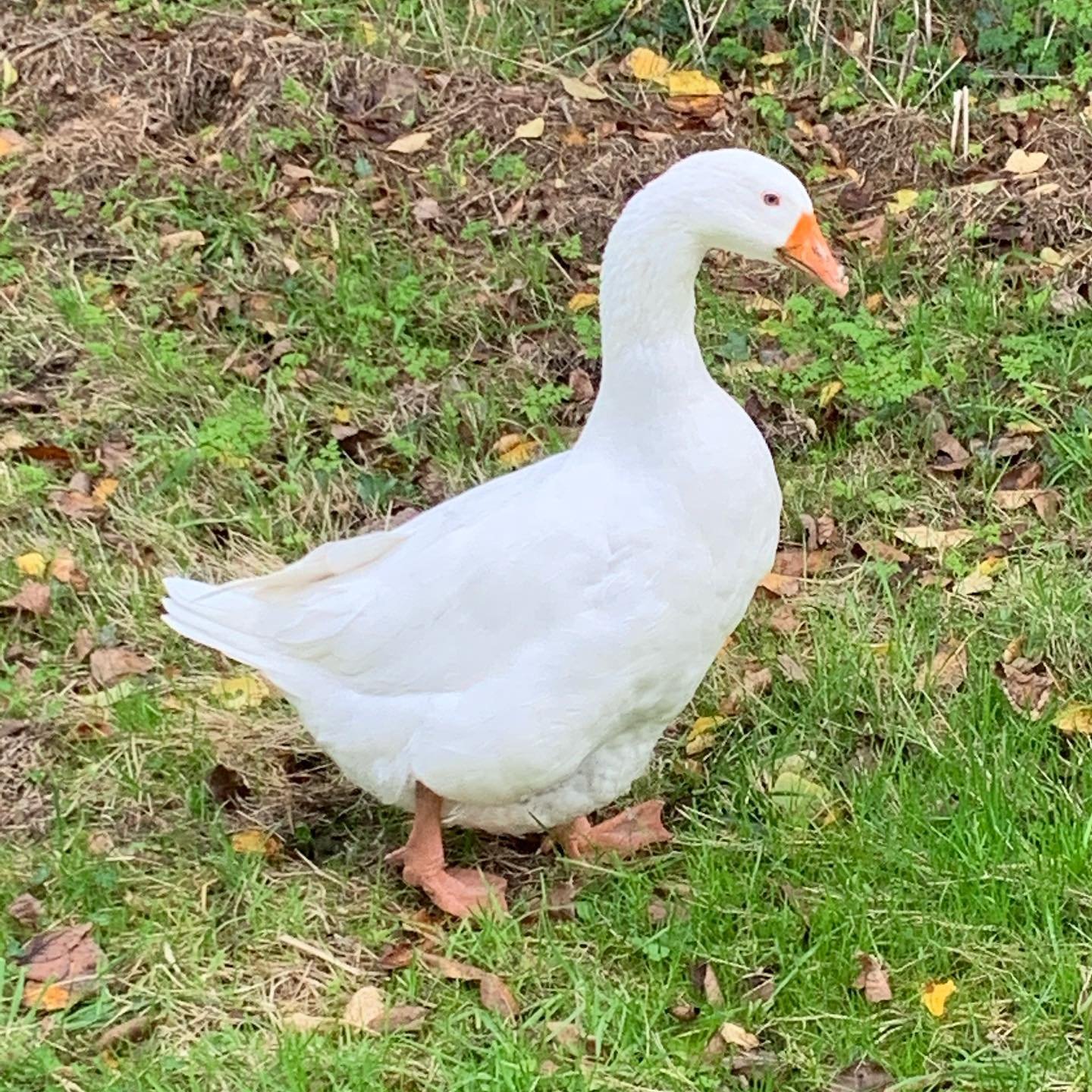
They are not good brooders, but can make good parents. You can expect them to reach their maturity in three years.
If your geese are old enough, they start laying eggs in late February or early March. Their eggs weigh an average of 6 oz.
Origin: Germany
Size: Large (20 – 31 lbs)
Temperament: Calm but assertive, Cold-hardy
Egg Production: Low (25 – 45 / year)
Pros: Excellent meat bird, fast growth
Cons: Can be aggressive during mating season
Best For: Homesteaders focused on meat production
2. Toulouse Goose
Toulouse is also a giant goose breed raised for meat and exhibition. You can expect them to grow faster and mature in 10 months.
There are two types of Toulouse goose: Production Toulouse and Dewlap.
Production Toulouse is a lighter agricultural breed of goose that lacks a dewlap. They can be gray (French), buff, and tufted geese in various varieties.
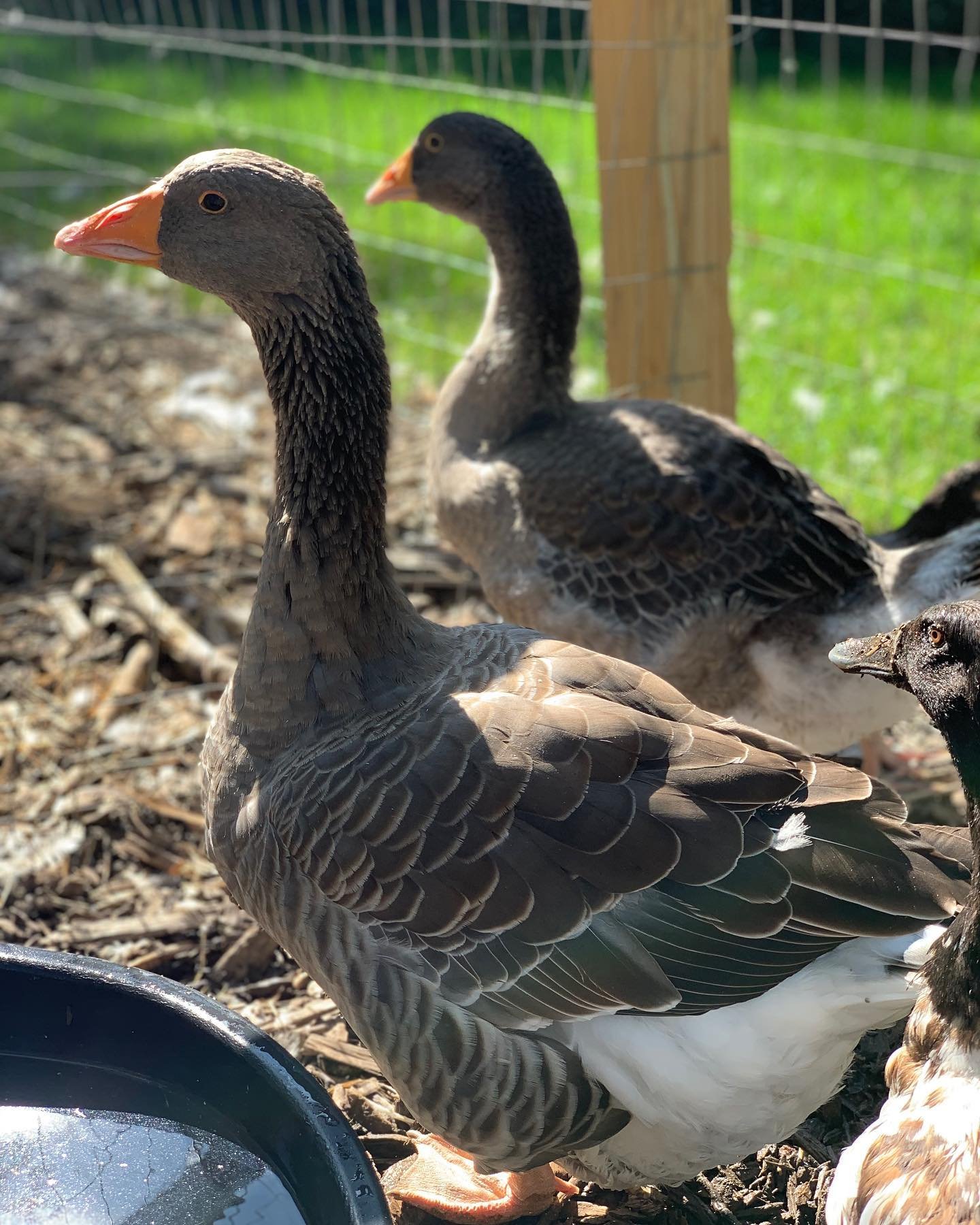
On the other hand, Dewlaps has a large pouch of skin hanging beneath its beak. These geese become more pronounced as they age.
They gain weight faster and put on more fat if provided abundant food and no room for exercise.
Origin: France
Size: Heavyweight (up to 20–30 lbs)
Temperament: Docile, does well in wet climates
Egg Production: Good (25–40 eggs/year)
Pros: Quiet, non-aggressive
Cons: Needs dry bedding; can be lazy grazers
Best For: Meat & eggs, Calm backyard environments with space
3. African Goose
Do you know African geese have a distinctive knob on their head with black in the brown birds and orange in the white?
They have dewdrops below their chin, but stand very upright.
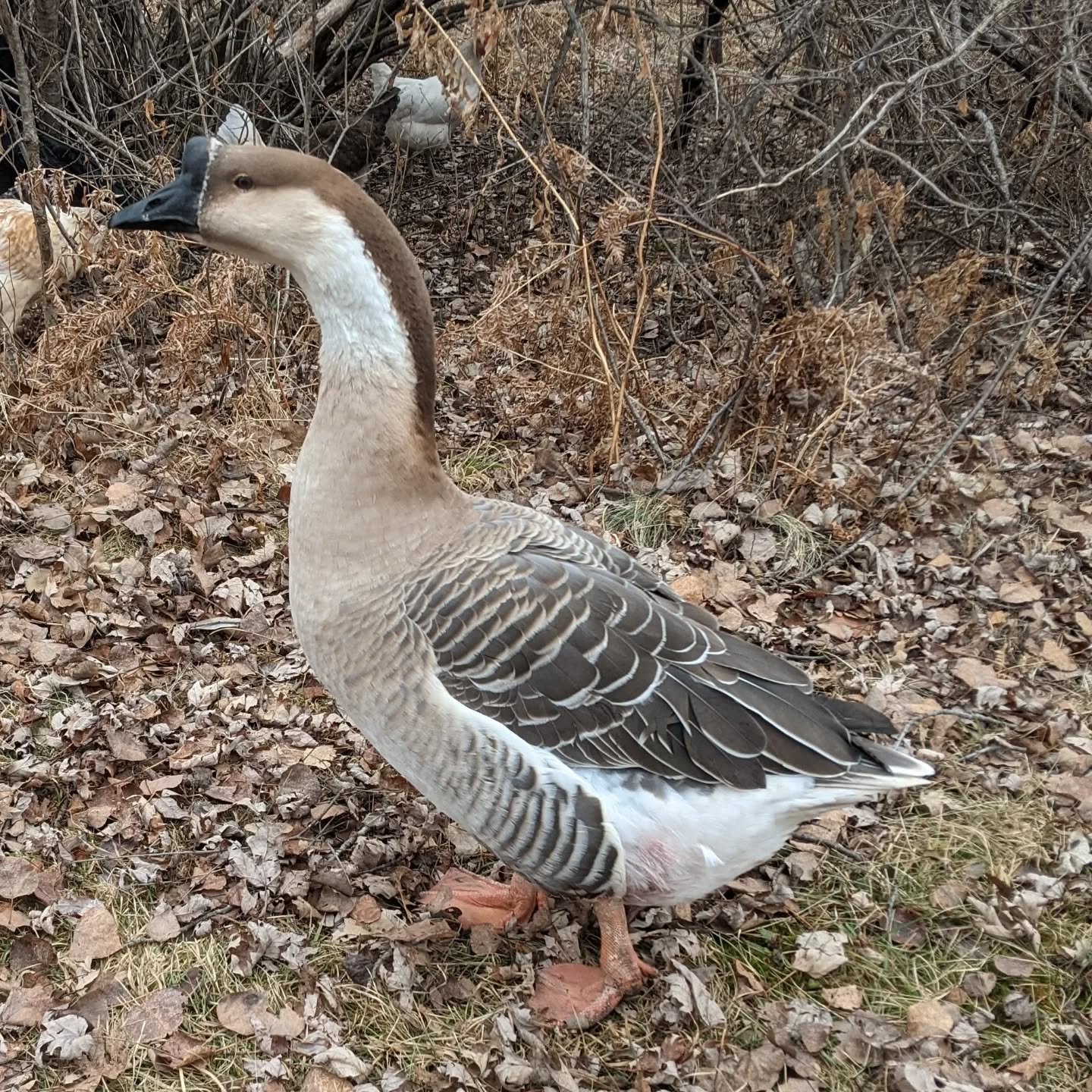
These birds are talkative but not noisy. They are known for their good-natured, friendly, and affectionate manner, but can become loud and occasionally aggressive if they feel threatened,
African geese grow to their full size in 1 to 2 years.
Origin: China (not actually African!)
Size: Large (15 – 22 lbs/ year)
Temperament: Vocal, assertive
Egg Production: Moderate (40–40 eggs/year)
Unique Traits: Distinctive knob at the top of the beak
Pros: Good meat bird, watchdog qualities
Cons: Loud and territorial
Best For: Meat raising, Egg production, and poultry guard
4. Chinese Goose
These are versatile goose breeds, which make good dual-purpose birds, excellent weeders, and flock guardians.
They resemble African geese, having a prominent knob on their bills. But the Chinese are more beautiful with their distinctive upward curve to their neck.

Chinese birds are much lighter in weight than Africans and stand straight with their heads high and chests upright.
Due to their piercing voices, these geese are not ideal for an urban farm. But they can make a sound natural alarm for an intruder.
Besides, Chinese geese are good layers and broody.
To care for birds in the winter, keepers need to provide protective shelter for them to avoid frostbite on the knobs.
Origin: China
Size: Lightweight (10–12 lbs)
Temperament: Vocal, active
Egg Production: High (up to 100 eggs/year)
Pros: Excellent foragers, efficient egg layers
Cons: Noisy
Best For: Egg-laying, meat, and weeding
5. Pilgrim Goose
Pilgrims are slightly larger than Chinese geese and are an autosexing breed.
The gander hatching is yellow and grows to a white bird, while the olive-gray female hatchling grows into a gray bird.
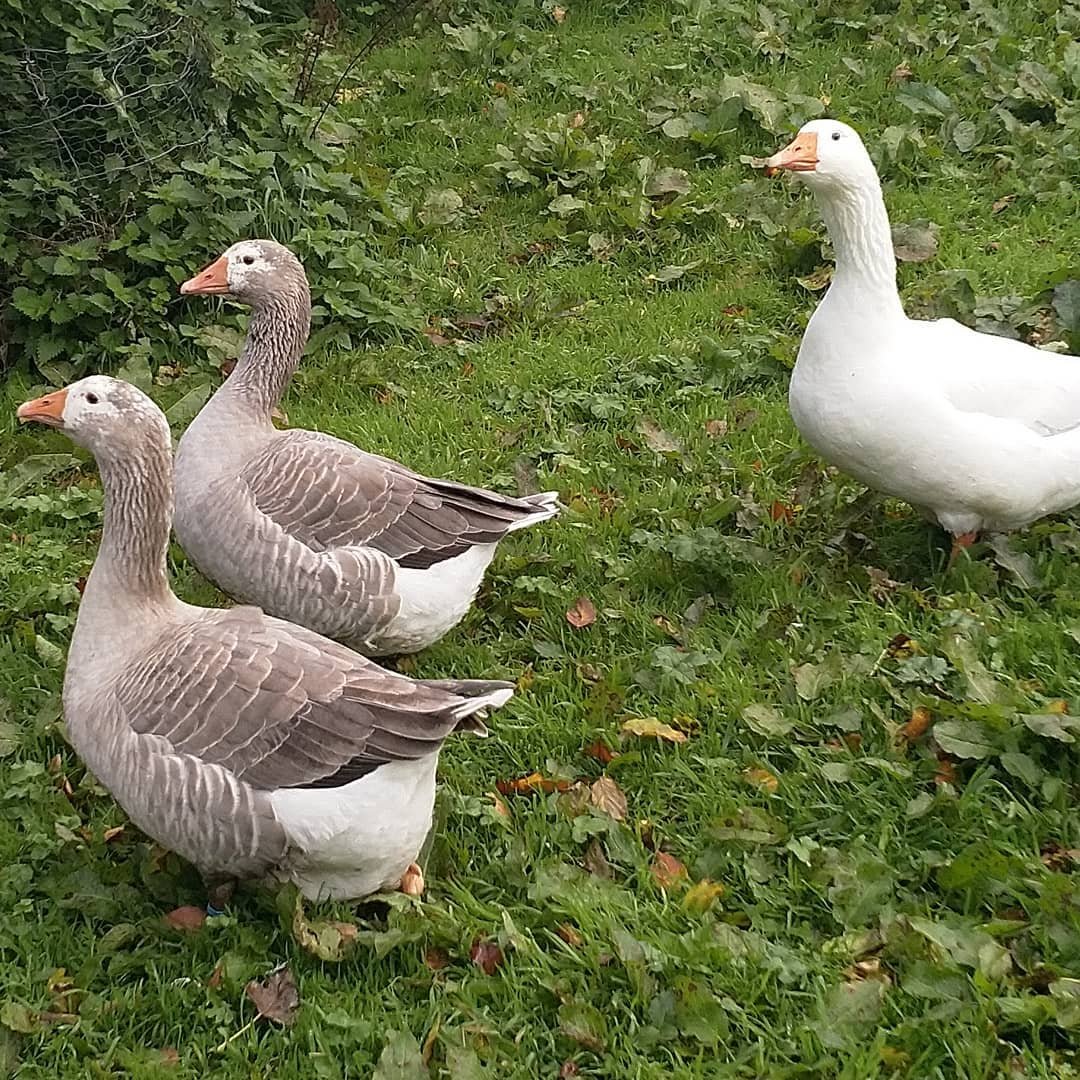
As they are somewhat lightweight, they often fly over a fence if they feel threatened. But they are quiet and docile birds that have an easy-going nature.
Unlike others, Pilgrims are hardy and good foragers and grow quickly.
Origin: United States
Size: Medium (13–14 lbs)
Unique Trait: Auto-sexing birds
Temperament: Gentle, friendly
Egg Production: Moderate (30–45 eggs/year)
Pros: Friendly, family-friendly breed
Cons: May get bullied by more dominant breeds
Best For: Dual-purpose (meat and eggs)
6. Sebastopol Goose
When I saw Sebastopols with their unkempt white feathers for the first time, I felt as if someone had put birds through a washing machine.
Due to their long, flexible plumage that curls and drapes, these geese give a ruffled appearance, like a bird dressed in a wedding gown.
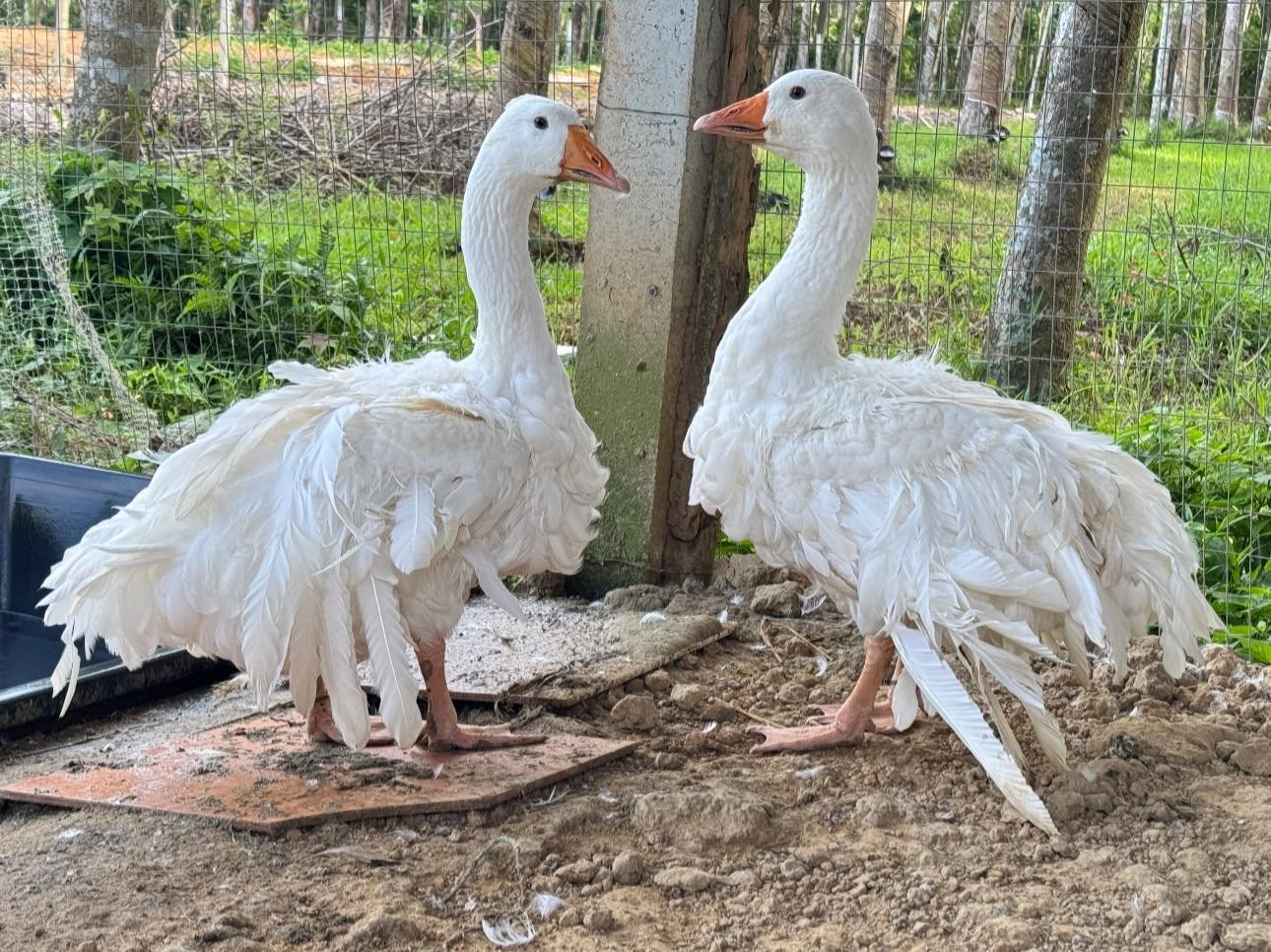
With that said, they are kept for their aesthetic beauty and ornamental value. They come in several varieties, such as white, gray, and buff.
Sebastopol’s feathers are 3 to 4 times longer than those of other geese.
So, they require higher feed rations after their molting to grow large feather volume.
But they are sensitive to wet and cold weather, so they need a warm space and plenty of clean water for swimming. If you bring Sebastopol home, they make a talkative, friendly, and curious flock.
Origin: Central Europe
Size: Medium (10 – 14 lbs)
Appearance: Long, curly feathers
Temperament: Gentle, calm
Egg Production: Low (25-35 eggs/year)
Pros: Beautiful birds, calm disposition
Cons: Feathers need dry conditions
Best For: Ornamental breed, meat
7. Roman Goose
Roman geese are known for their loud voices, which makes them excellent guards.
They can guard chicken flocks and property and make a beautiful flock with white plumage. Birds have either a smooth head or a tuft of upright feathers on their head.
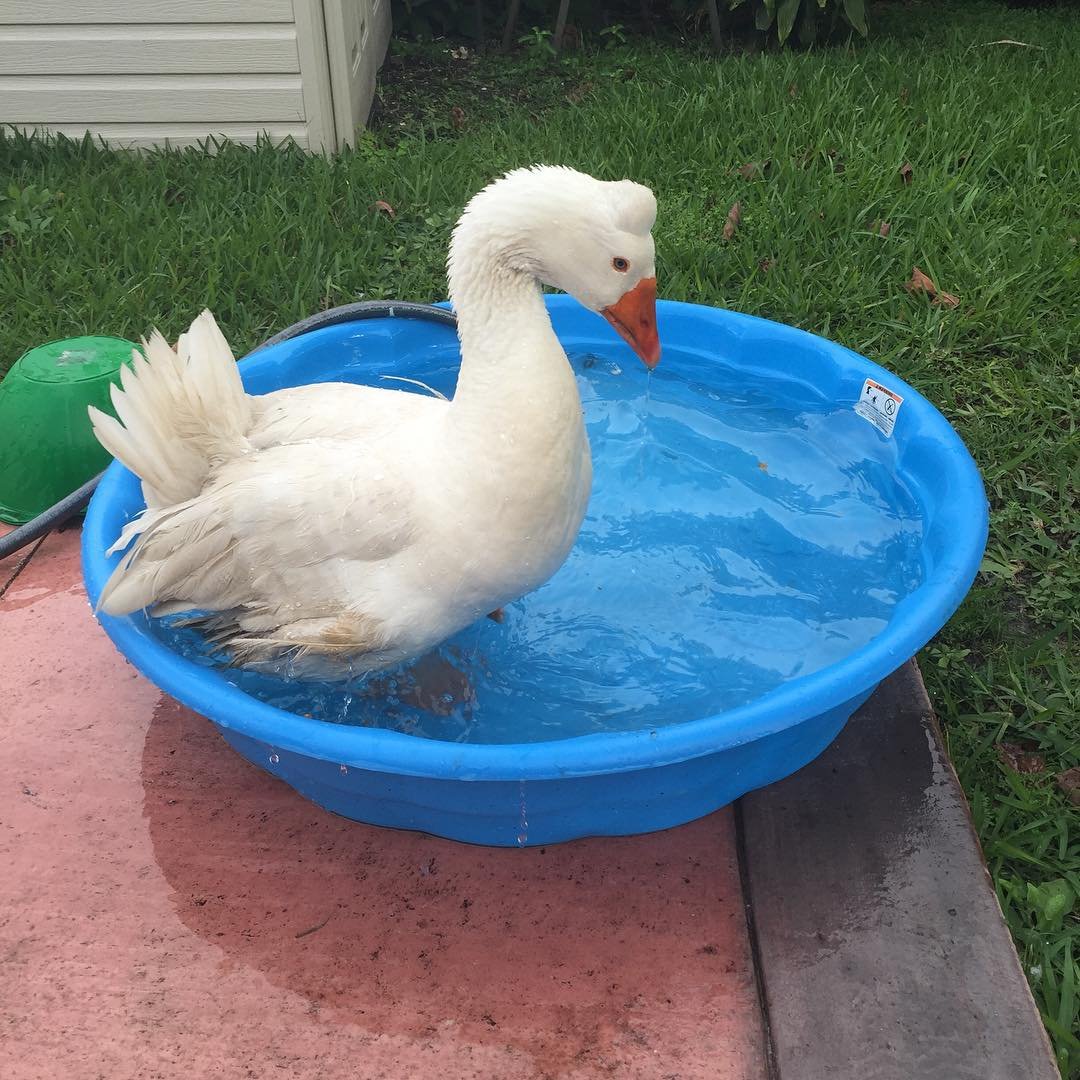
Romans produce a lightweight carcass, which makes perfect table birds for the family.
The waterfowl are friendly to keepers, but ganders can be aggressive sometimes.
Origin: Italy
Size: Small-medium (10 – 12 lbs)
Temperament: Alert, active
Egg Production: Moderate (up to 40 eggs/year)
Pros: Great for small spaces, friendly
Cons: Smaller meat yield
Best For: Ornamental flocks and eggs
8. Buff Goose (American Buff)
This has pale yellow-buff or apricot-fawn plumage.
These geese are tan with brown eyes and are known for being a more gentle, friendly, and affectionate breed.
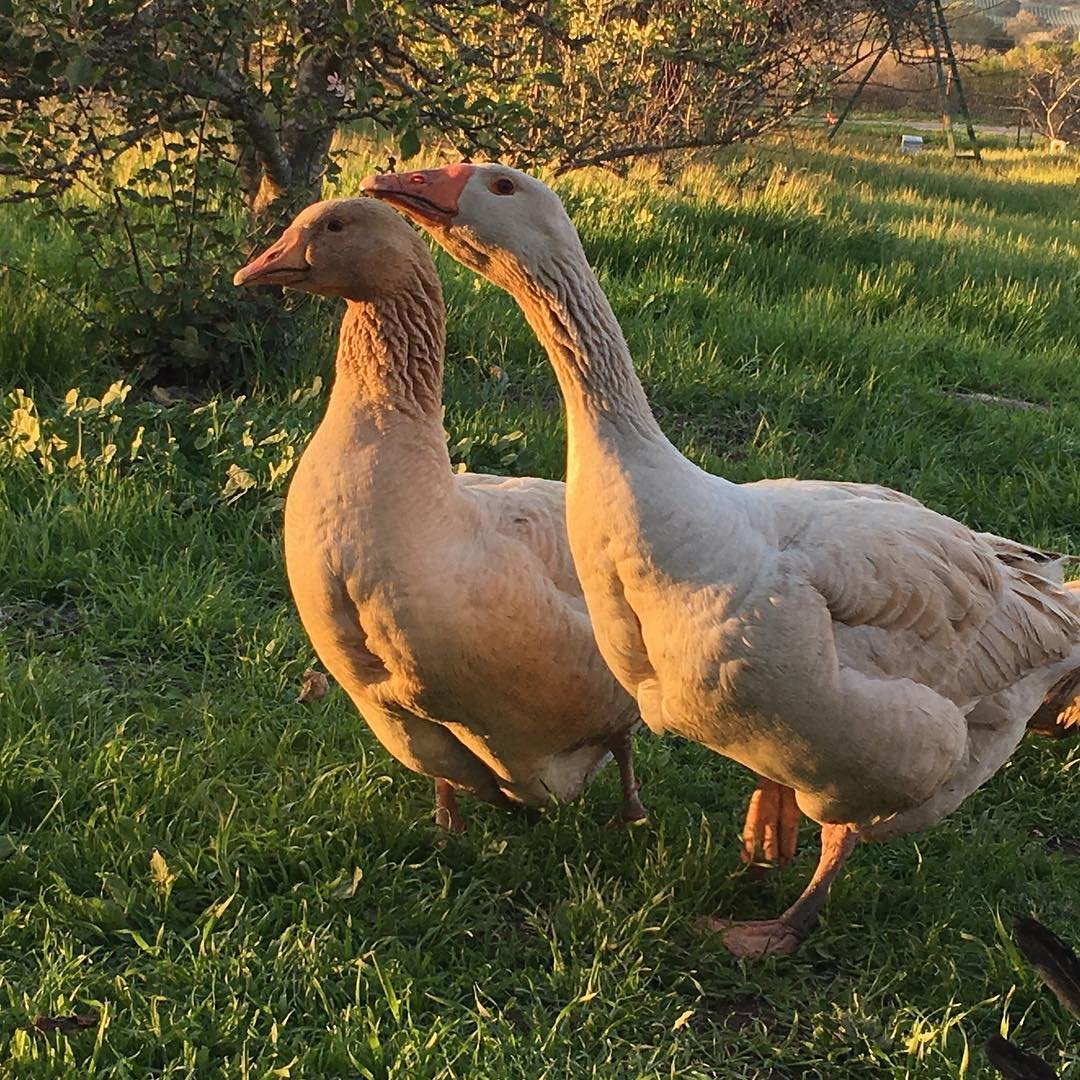
American buffs have a medium-long neck and deeply furrowed feathers. They also have a chunky body and a slightly arched back, and their tail is held in line with the back.
They are medium-large roasting birds and make good dual-purpose flocks.
Origin: United States
Size: Medium-heavy (18 – 20 lbs)
Temperament: Calm, easy-going
Egg Production: Good (10–25 eggs/year)
Pros: Hardy, docile
Cons: Less popular and limited availability
Best For: Meat and eggs
9. Pomeranian Goose
Pomeranians are stocky geese with plumage that can range from all-buff to all-gray and all-white.
They are also saddleback, having a white body with a buff, gray, or dark head, back, and flanks. These birds are either calm or aggressive. But that’s an individual personality.

Do you know that Pomeranians are pretty loud and noisy?
If you want a burglar alarm in the countryside, this breed can provide reliable service. But if you’re going to raise geese in an urban setting, you need to opt for other breeds instead.
Anyway, Pomeranians are medium-weight, hardy, and excellent foragers.
So, you need to provide the young birds with plenty of high-quality greens.
Origin: Germany (Pomerania region)
Size: Medium-large (15 – 18 lbs)
Temperament: Bold, energetic
Egg Production: Moderate (up to 70 eggs/ year)
Pros: Good foragers, active birds
Cons: Can be loud and bossy
Best For: Meat, Flock Guardian
10. Shetland Goose
Shetlands are the cuties and small creatures suitable for hobby farms and exhibitions.
They are known for being excellent foragers that can survive on poor forage. Also, the sassy fowls make responsible parents.
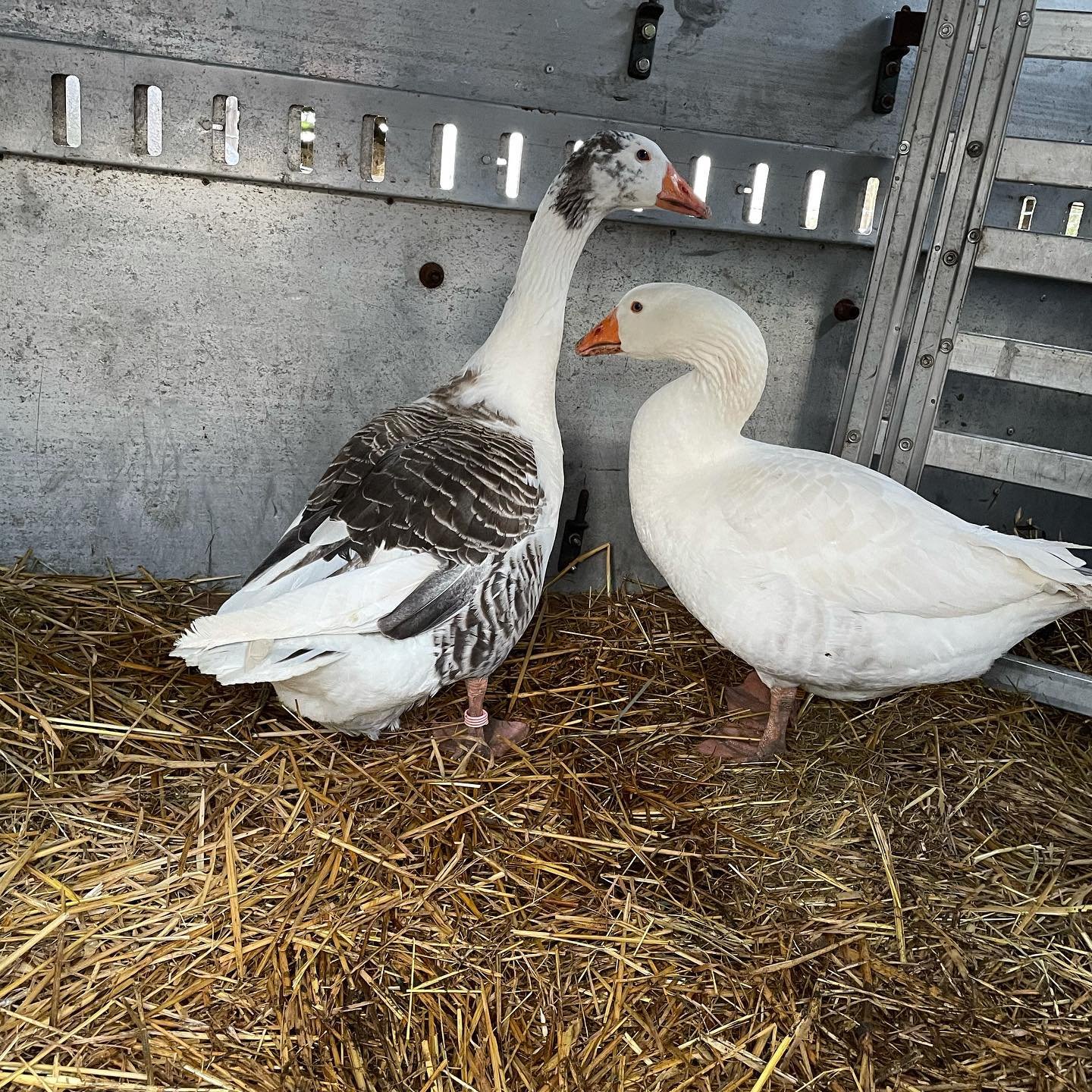
Like Pilgrims, Shetlands are autosexing flocks.
Gander is white, while goose is saddleback in color. As they are the smallest breed, Shetlands have excellent flight ability.
Besides, they have a bad reputation for being aggressive. So, keepers must be patient until they are gentle and friendly.
Origin: Scotland
Size: Small (8 – 12 lbs)
Temperament: Independent, good mothers
Egg Production: Moderate (15- 30 eggs/ year)
Pros: Low feed needs, rugged birds
Cons: Small meat yield
Best For: Ornamental breed
Final Thoughts
When it comes to selecting one of the best domestic goose breeds, you need to check your goal (geese for meat, eggs, show birds, watchdogs, or weeders).
Unlike ducks, they grow into large birds and require a large space, so you need to start with a pair or a small flock of 4 birds.
The first year of raising can let you know if you continue with them.

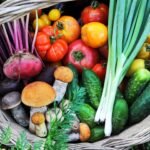

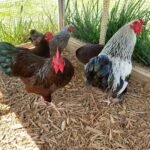
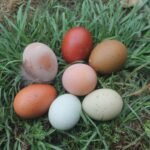
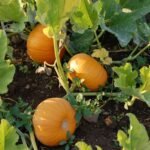

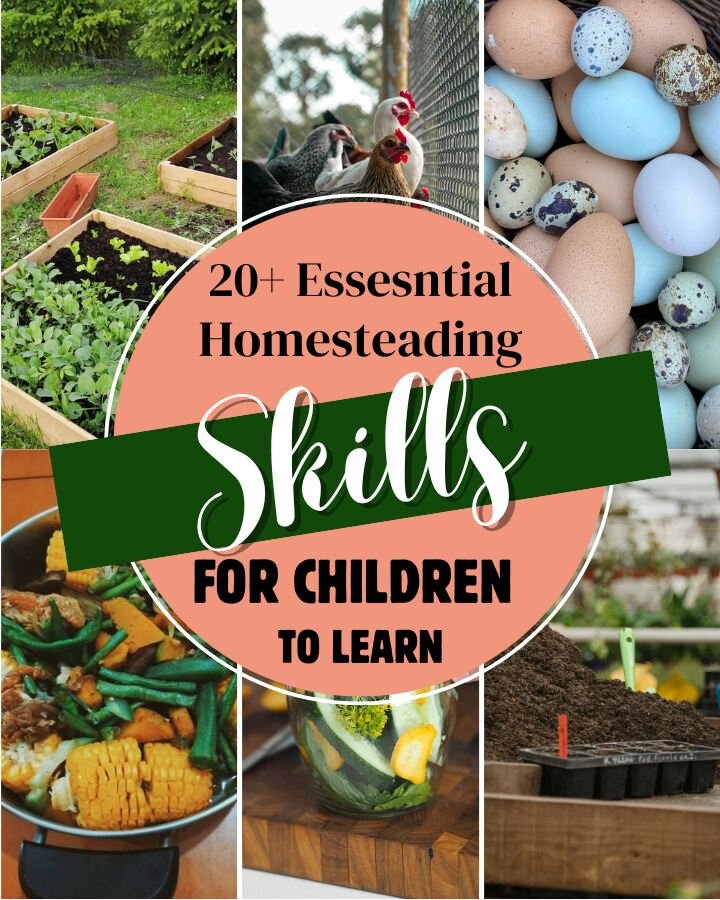
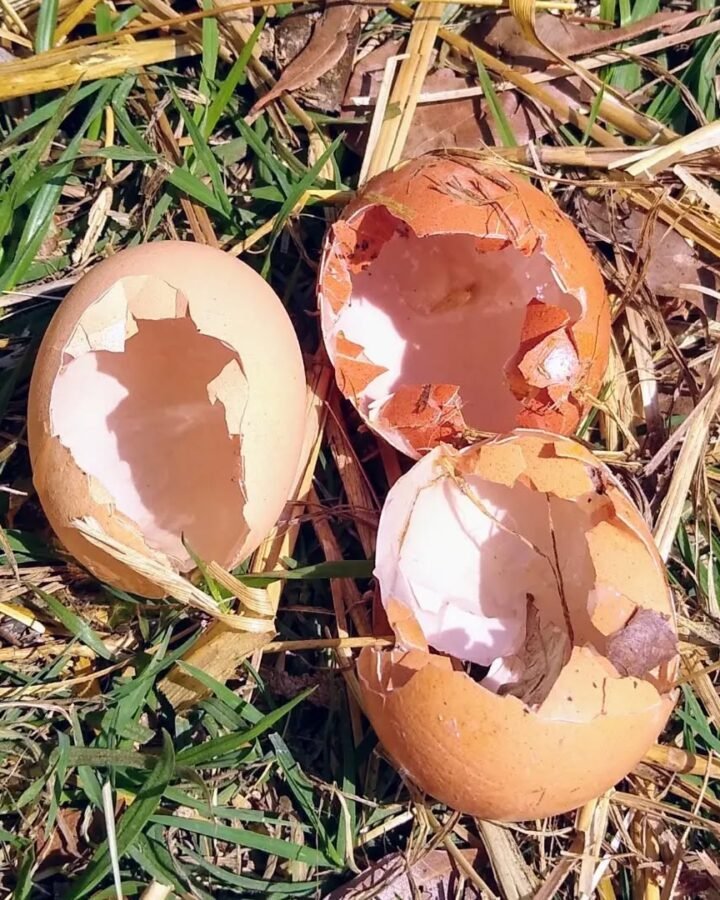

Leave a Reply